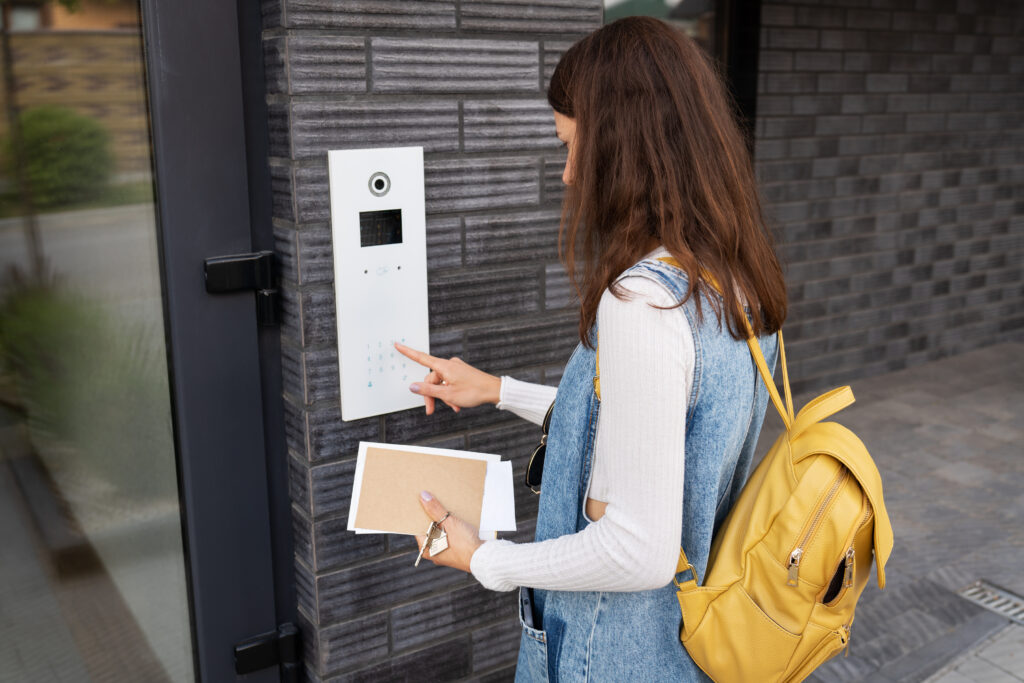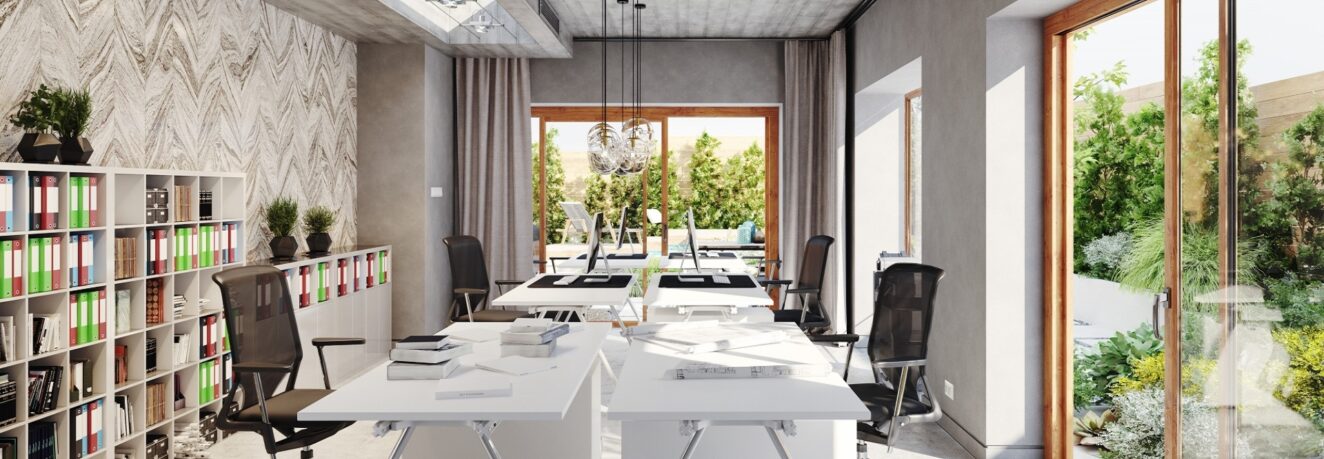From the start of the 2020s and throughout the decade so far, we’ve seen a trend towards the renewed prioritisation of occupant wellbeing within the built environment.
It’s a holistic attitudinal shift across several interrelated disciplines that’s led to considerable advancements in best practice for building controls and interior design in particular. As is often the case with progress of this nature, it’s difficult to pinpoint a single catalyst for the change, with a complex combination of socioeconomic factors all playing a significant role.
That said, it’s difficult to look beyond the pandemic as a root cause of much of the re-evaluation that’s taken place.
Why is occupant wellbeing so relevant right now?
There’s the obvious post-pandemic interrogation of our public and private spaces from a health and safety perspective, with air flow and occupancy levels becoming critical considerations of the same importance as fire and flood regulations and building codes.
But alongside physical health, mental and emotional wellbeing have also grown in status within our cultural collective consciousness. As living environments have been repurposed as workspaces – first out of necessity, subsequently through choice – and the way we interact with institutional and commercial buildings has shifted, the direct link between wellbeing and performance has become clearer.
Healthy building design enhances the ability of ccupants to effectively utilise a built environment for its intended purpose, as the BCIA points out. Building owners and employers alike are striving to maximise the potential of commercial spaces, leading to retrofitting and adaptation of existing environments with a view to boosting employee wellbeing, and achieving associated productivity benefits. And of course, new structures are being designed and built with these considerations front of mind.

How are building controls and interior design evolving to promote occupant wellbeing?
There’s a wide range of measures that operators within these industries can should consider from an occupant wellbeing perspective – below are a couple of the key examples:
Biophilic design
This involves incorporating natural elements into the built environment, which can reduce stress, boost mood and provide a sense of calm that facilitates concentration.
Using natural materials like wood, stone, and plants in interior spaces, maximising natural light and including views of natural landscapes where possible can help from a construction perspective.
In terms of interior design, use of calming colours such as blue and greens can help with cognitive function and thoughtful use of materials with low environmental impact, which can help in reducing pollution, waste and energy consumption.
Smart Building Technologies
The Internet of Things (IoT) can be used to connect various building systems, allowing for more comprehensive and responsive control of environments. This includes smart thermostats, lighting systems, and air quality monitors that communicate and adjust automatically.
Giving occupants more control of their personal spaces can also boost wellbeing – for example, by incorporating mobile apps or touch panels allowing employees to personalise their immediate environment to suit their individual preference.
These tools can also offer data-driven insights through occupancy analytics. By using data from sensors and building management systems, facilities managers can better understand and optimise space usage, ensuring that environments are not overcrowded and are used efficiently.

Occupancy wellbeingthought leadership
Of course, there are many additional factors to consider: from sustainable design to thermal controls, ergonomics and acoustic comfort, along with air quality monitoring and adherence to wellness-focused building standards.
By taking ownership of these design elements and sharing company-specific strategies for promoting occupant comfort and wellbeing, organisations in the construction and interior design industries can position themselves as thought leaders at the forefront of developments in practice.
